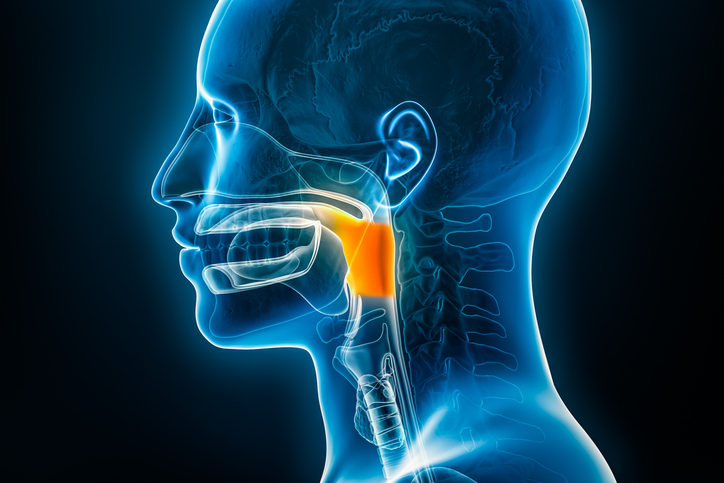
The ratio of left ventricular (LV) mass to electrocardiographic (EKG) voltage was associated with subsequent heart failure hospitalization (HHF) for patients with cardiac amyloidosis (CA), according to a study published in the International Journal of Cardiovascular Imaging.
CA is a type of restrictive cardiomyopathy that occurs when amyloid deposits replace normal heart muscle. Amyloid deposition in the heart results in increased LV mass, which may then become disproportionate to EKG voltage. The findings from this study suggest that indexed LV mass-voltage ratio may be an effective prognostic marker for CA.
Researchers enrolled 85 patients with confirmed CA and comprehensive cardiovascular magnetic resonance (CMR) and EKG exams. Of this cohort, 42 patients had transthyretin and 43 had light-chain CA. CMR-derived LV mass was indexed according to body surface area.
The investigators assessed EKG voltage via Sokolow, Cornell, and limb-voltage criteria and assessed the relationship between LV mass-voltage ratio and HHF using Cox proportional hazards analysis with covariate adjustment.
At a median 3.4-year follow-up, 49% of patients had experienced HHF, and 60% had died. In unadjusted analyses, Cornell LV mass-voltage ratio was significantly associated with HHF (hazard ratio [HR], 1.05; 95% confidence interval [CI], 1.02-1.09; P=0.001) and mortality (HR, 1.05; 95% CI, 1.02-1.07; P=0.001).
The determined optimal cutoff value for Cornell LV mass-voltage ratio to predict HHF was 6.7 gm/m2/mV. After adjusting for covariates, a Cornell LV mass-voltage ratio greater than 6.7 gm/m2/mV was significantly associated with HHF (HR, 2.25; 95% CI, 1.09-4.61; P= 0.03), though not mortality.
“Indexed LV mass-voltage ratio as derived by CMR is associated with subsequent HHF. Indexed LV mass-voltage ratio may be a helpful prognostic marker in the care of patients with CA. Larger studies are needed to validate our findings, particularly in patients with less severe disease burden,” the researchers concluded.







 © 2025 Mashup Media, LLC, a Formedics Property. All Rights Reserved.
© 2025 Mashup Media, LLC, a Formedics Property. All Rights Reserved.